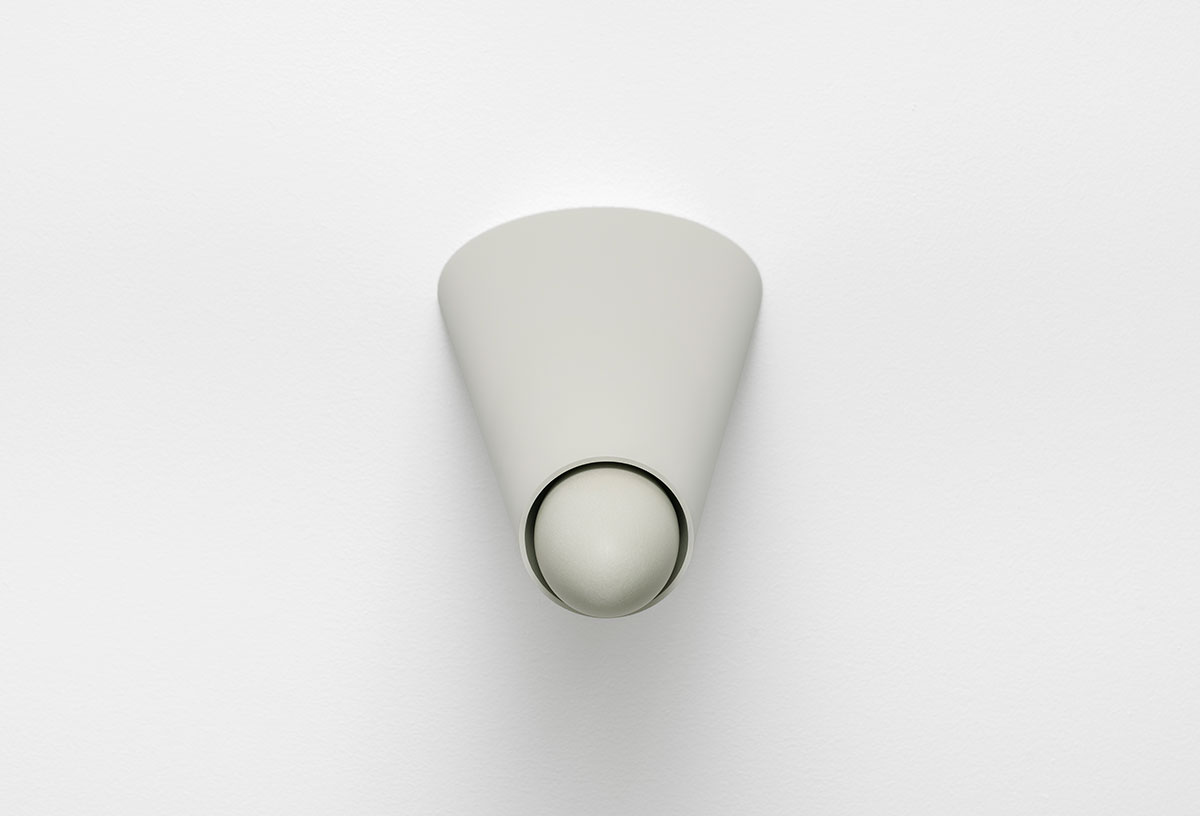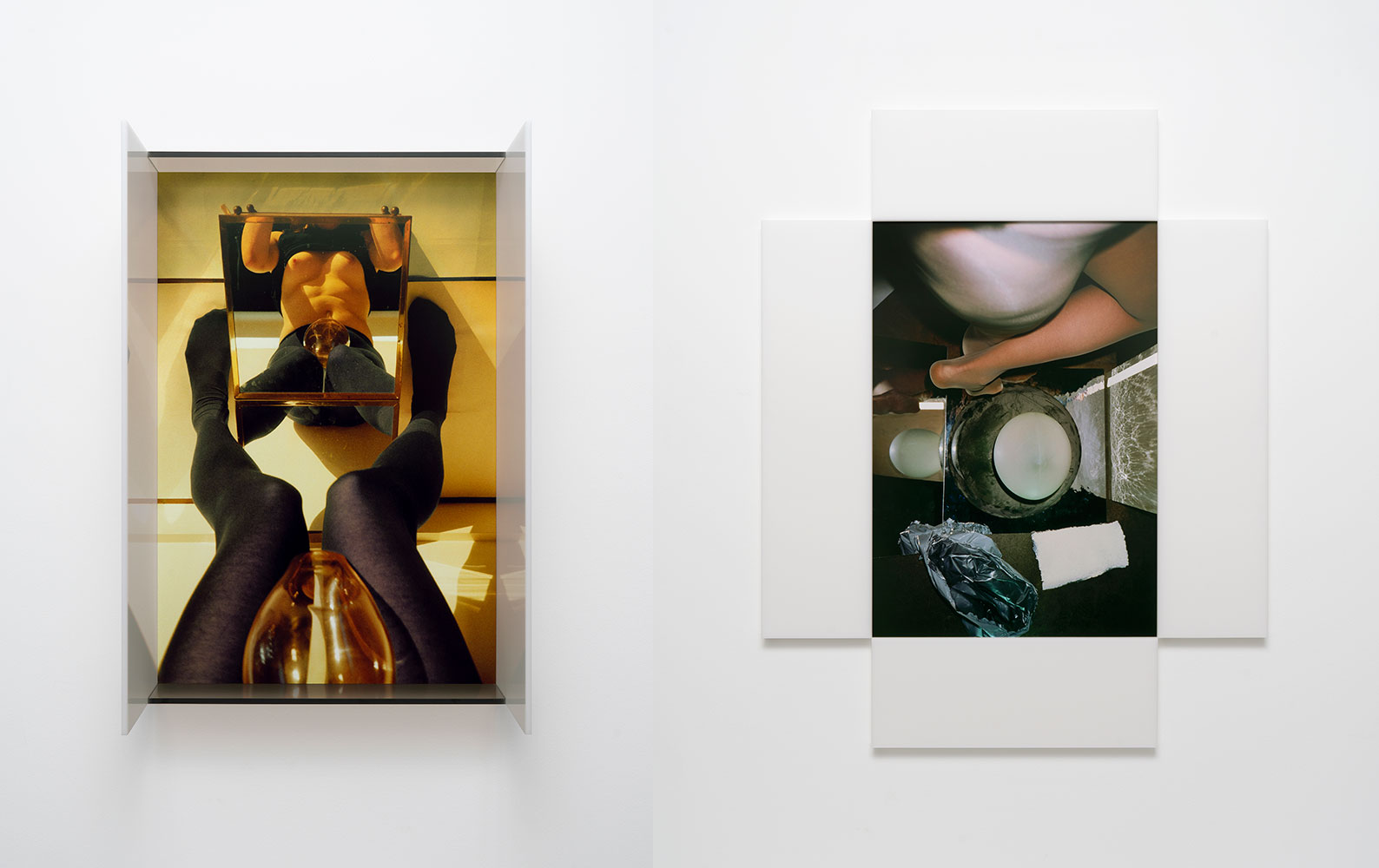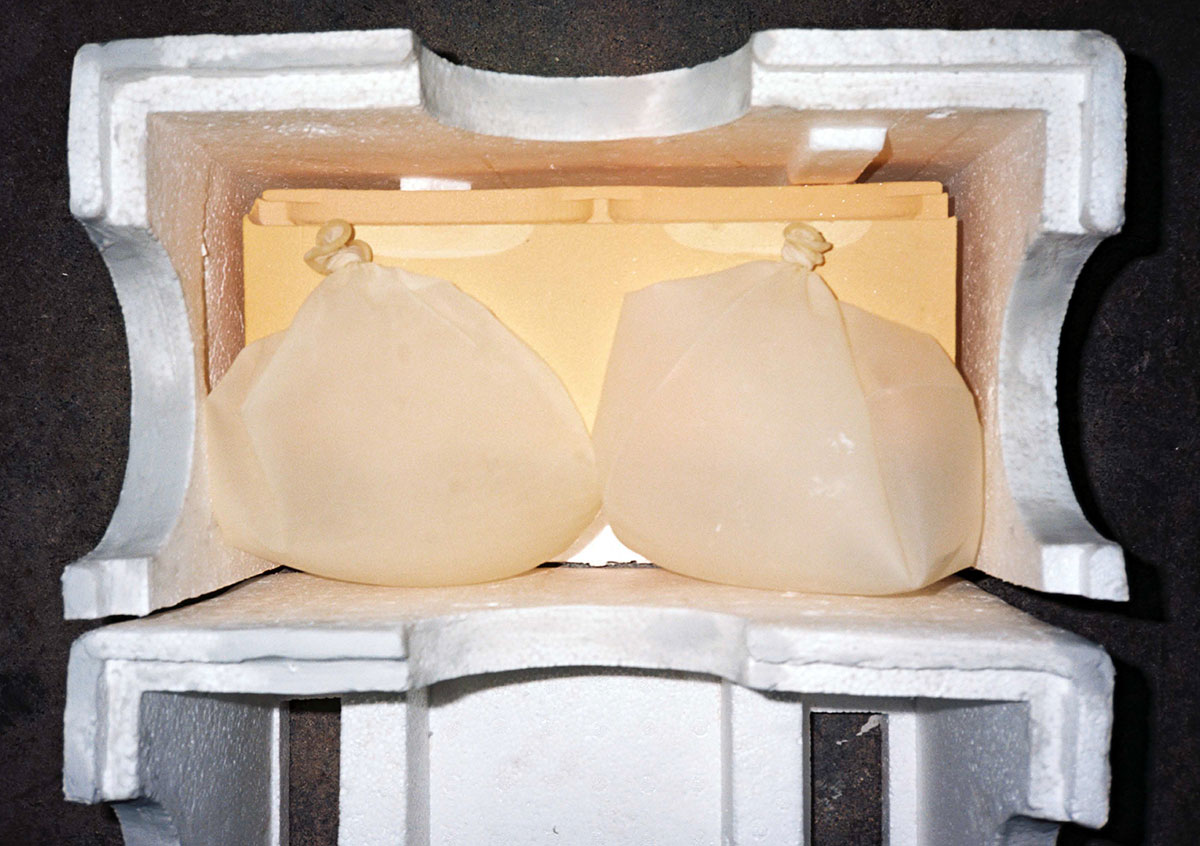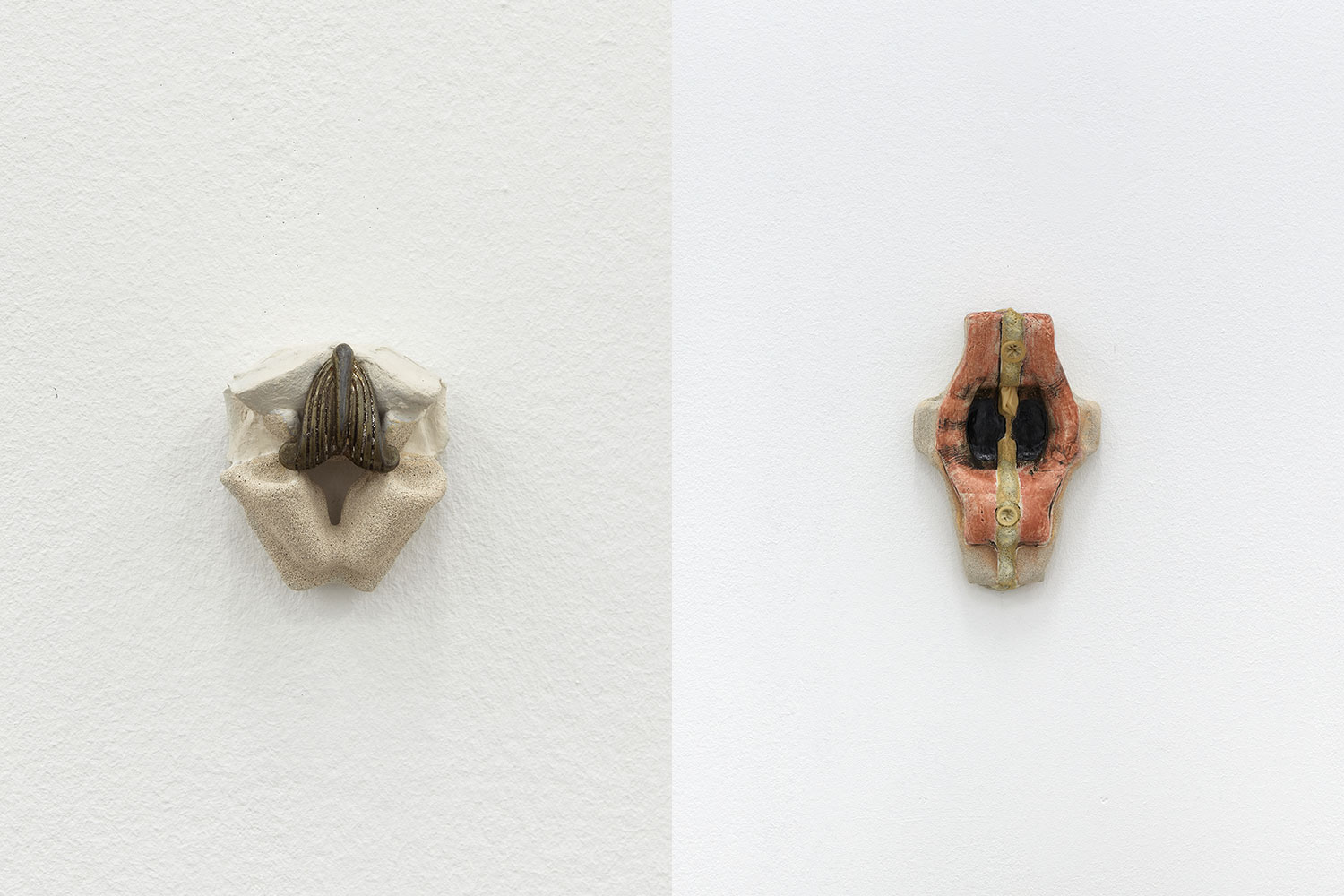ART CITIES: Vienna-B. Ingrid Olson
 B. Ingrid Olson implements elements of photography, sculpture, and performance in an ongoing exploration of the boundaries between body and space. Within the confines of her studio, she records her body as it moves — shifting in relationship to its surroundings. The results of this process are multidimensional objects and images that re-imagine the capacities of the body and the structuring of space.
B. Ingrid Olson implements elements of photography, sculpture, and performance in an ongoing exploration of the boundaries between body and space. Within the confines of her studio, she records her body as it moves — shifting in relationship to its surroundings. The results of this process are multidimensional objects and images that re-imagine the capacities of the body and the structuring of space.
By Efi Michalarou
Photo: Vienna Secession Archive
Ingrid Olson consistently pursues the question of what it is to see and to be seen. In her exhibition “Elastic X”, Olson presents a series of new works: a sculptural installation that both responds to and inverts the gallery’s architectural characteristics, small anthropomorphic ceramics, and multidimensional photographic objects. Whether captured with a camera, carved using a machine, or cast from a mold, Olson’s practice marks the perceptual relationships between her own body, viewers’ bodies, and architectural bodies. Using her body as a primary material, the work evidences the ways that she inhabits, moves through and changes within the parameters of her studio. Strictures related to vision and architecture, such as apertures, thresholds, mirrors, transparency, opacity, light, and shadow are often doubly present in the work: captured within an image and also present outside of it, acting as a frame. The results of this process are multidimensional objects and images that re-imagine bodily capacities and the structuring of space. Working intuitively, Olson uses a variety of means and methods in negotiating the challenge of condensing whole spaces and full bodies into a single picture plane. In fragmented image-impressions, the effects of doubling, reflection, and multiple perspectives thwart coherence—creating tensions between an interior, subjective experience and exterior, pictured subject. Testing the elasticity of representation, she layers depictions of a mutable body set against provisional surroundings, variably enacting gestures or adopting props that signal gendered or androgynous qualities. Olson draws the viewer in, but only to a point. Images of splayed legs, torsos, bent knees, partial postures, and gestures are cropped by point of view, camera, and the physical framing of the printed photographs. The images are further complicated by flash, shadows, blurring, mirror reflections, and disjointed borders. The layered visual interruptions and camouflaged elements thwart attempts to find coherence in a single visual plane or continuous meaning, disorienting the viewer’s perception of both. Fracture and camouflage are also at play in Olson’s relief sculptures. Rigid, rectilinear edges give way to soft, curved concavities at the center. Each segment suggests a specific somatic referent, but the machine-carved forms refuse to accommodate an organic reality. The minimal, sexless forms — evoking face, midriff, small of the back, thighs, shins, or toes — are hung at specific heights along the wall, matching to corresponding parts of a standing, erect body. At the same time, the combination of curvatures and protrusions over each sculpture’s surface reacts to situational light and shadow, creating a shifting image of an absent body. The reliefs’ structure and relationship to the surrounding architecture, in effect, heightens and questions the viewer’s sense of their own anatomy and physical presence in the world.
Photo: B. Ingrid Olson, Swans Juliet, 2020-22, Polyurethane foam, acrylic primer, latex paint, epoxy, urethane adhesive, swan egg shell, 12,7 x 25,4 x 50,8 cm © B. Ingrid Olson, Courtesy i8 Gallery, Reykjavík, photo: Robert Chase Heishman
Info: Curator: Annette Südbeck, Association of Visual Artists-Vienna Secession, Friedrichstraße 12, Vienna, Austria, Duration: 29/6-4/9/2022, Days & Hours: Tue-Sun 10:00-18:00, www.secession.at/




Right: B. Ingrid Olson, Round Room (present/present), 2022, Plexiglas, dye-sublimation print on aluminum, screws, 147,3 x 116,8 x 2,5 cm © B. Ingrid Olson, Courtesy i8 Gallery, Reykjavík, photo: Robert Chase Heishman


